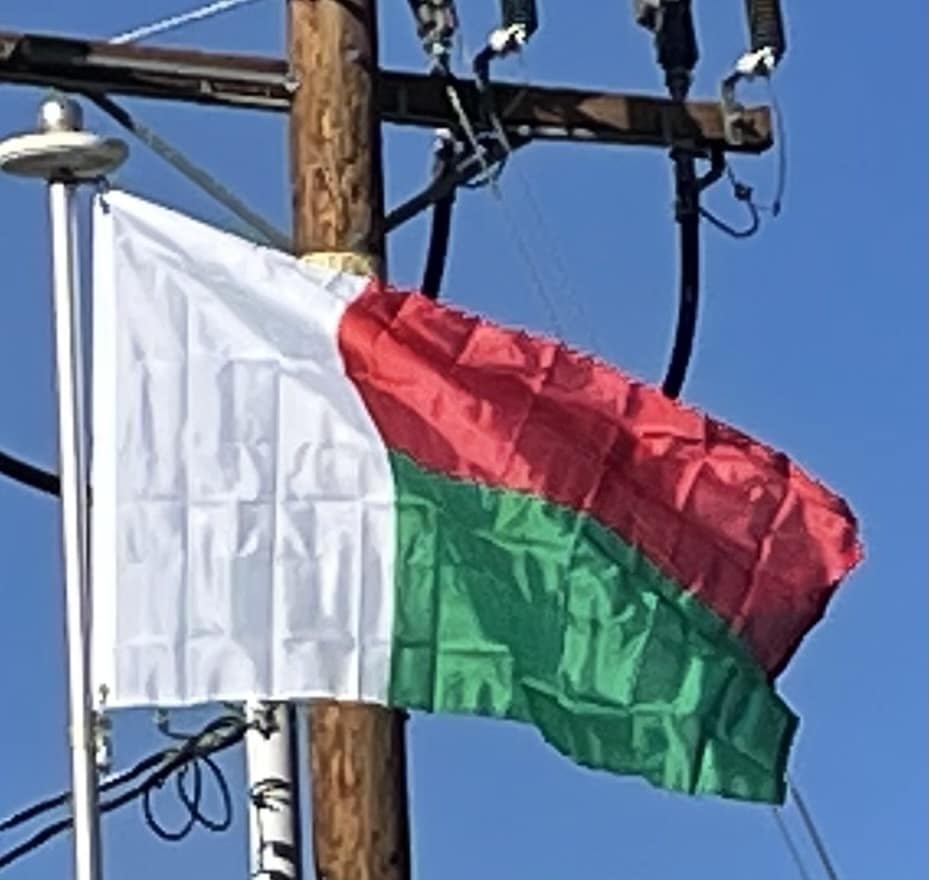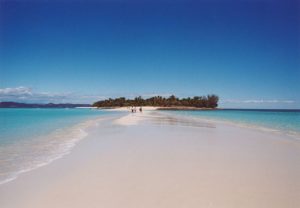
The island is still a very poor country in 2018; structural brakes remain in the development of the economy: corruption and the shackles of the public administration, lack of legal certainty, and backwardness of land legislation. The economy, however, has been growing since 2011, with GDP growth exceeding 4% per year.
Madagascar’s natural resources include a variety of agricultural and mineral products. Agriculture (including the growing of raffia), mining, fishing and forestry are mainstays of the economy. In 2017 the top exports of Madagascar were vanilla (US$894M), nickel metal (US$414M), cloves (US$288M), knitted sweaters (US$184M) and cobalt (US$143M).
Madagascar is the world’s principal supplier of vanilla, cloves and ylang-ylang. Madagascar supplies 80% of the world’s natural vanilla. Other key agricultural resources include coffee, lychees and shrimp. Key mineral resources include various types of precious and semi-precious stones, and Madagascar currently provides half of the world’s supply of sapphires, which were discovered near Ilakaka in the late 1990s.
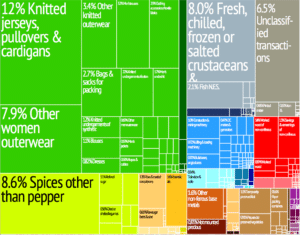
Madagascar has one of the world’s largest reserves of ilmenite (titanium ore), as well as important reserves of chromite, coal, iron, cobalt, copper and nickel. Several major projects are underway in the mining, oil and gas sectors that are anticipated to give a significant boost to the Malagasy economy. These include such projects as ilmenite and zircon mining from heavy mineral sands near Tôlanaro by Rio Tinto, extraction of nickel near Moramanga and its processing near Toamasina by Sherritt International, and the development of the giant onshore heavy oil deposits at Tsimiroro and Bemolanga by Madagascar Oil.
Exports formed 28 percent of GDP in 2009. Most of the country’s export revenue is derived from the textiles industry, fish and shellfish, vanilla, cloves and other foodstuffs. France is Madagascar’s main trading partner, although the United States, Japan and Germany also have strong economic ties to the country. The Madagascar-U.S. Business Council was formed in May 2003, as a collaboration between USAID and Malagasy artisan producers to support the export of local handicrafts to foreign markets.
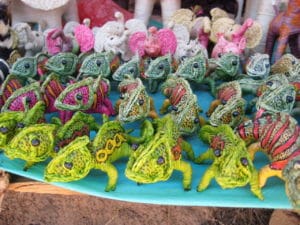
Imports of such items as foodstuffs, fuel, capital goods, vehicles, consumer goods and electronics consume an estimated 52 percent of GDP. The main sources of Madagascar’s imports include China, France, Iran, Mauritius and Hong Kong.
Transportation:
In 2010, Madagascar had approximately 7,617 km (4,730 mi) of paved roads, 854 km (530 mi) of railways and 432 km (270 mi) of navigable waterways. The majority of roads in Madagascar are unpaved, with many becoming impassable in the rainy season. Largely paved national routes connect the six largest regional towns to Antananarivo, with minor paved and unpaved routes providing access to other population centers in each district.
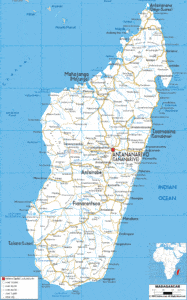
There are several rail lines. Antananarivo is connected to Toamasina, Ambatondrazaka and Antsirabe by rail, and another rail line connects Fianarantsoa to Manakara. The most important seaport in Madagascar is located on the east coast at Toamasina. Ports at Mahajanga and Antsiranana are significantly less used because of their remoteness. The island’s newest port at Ehoala, constructed in 2008 and privately managed by Rio Tinto, will come under state control upon completion of the company’s mining project near Tôlanaro around 2038.
